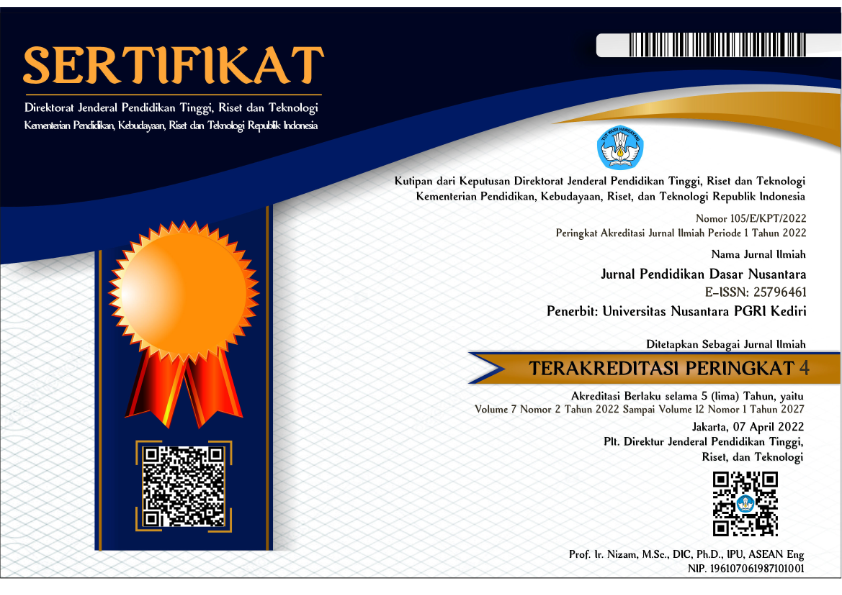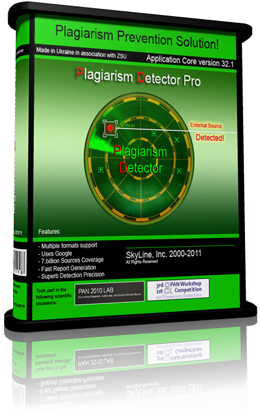PENGEMBANGAN PERANGKAT PEMBELAJARAN IPA DENGAN MODEL PROBLEM BASED LEARNING UNTUK MENINGKATKAN KETERAMPILAN BERPIKIR KRITIS SISWA KELAS IV SEKOLAH DASAR
DOI:
https://doi.org/10.29407/jpdn.v3i1.747Abstract
The purpose of this research is to develop a learning package for Sciences Subject that can improve the critical thinking skill of the Elementary School Students. Therefore, in general, it can be categorized into a research and development. It can be done because of learning material with process skill to practice it not available. The learning package was developed by using 4-D model; defining, designing, developing, distributing. The subject in this study was learning material that will be tested in student of SDN Karang Tengah 5 Ngawi. The result showed that learning material was valid, enforceability get good category with 100%. Student activites by using process get good too. The improvement of students’ critical thinking is consistent on 2 classes (IVA and IVB), the significant and high improvement with the average of N-Gain of 0,75. Based on the results and findings of the research, it can be concluded that the developed learning package can be stated as a valid, practical, and effective learning package. The implication of the research is that the process skill based Sciences learning can improve students’ critical thinking skill.
Keywords : Problem Based Learning, Science, Critical Thinking
Downloads
Downloads
Published
Issue
Section
License
Authors who publish with this journal agree to the following terms:
- Copyright on any article is retained by the author(s).
- The author grants the journal, the right of first publication with the work simultaneously licensed under a Creative Commons Attribution License that allows others to share the work with an acknowledgment of the work’s authorship and initial publication in this journal.
- Authors are able to enter into separate, additional contractual arrangements for the non-exclusive distribution of the journal’s published version of the work (e.g., post it to an institutional repository or publish it in a book), with an acknowledgment of its initial publication in this journal.
- Authors are permitted and encouraged to post their work online (e.g., in institutional repositories or on their website) prior to and during the submission process, as it can lead to productive exchanges, as well as earlier and greater citation of published work.
- The article and any associated published material is distributed under the Creative Commons Attribution-ShareAlike 4.0 International License

































